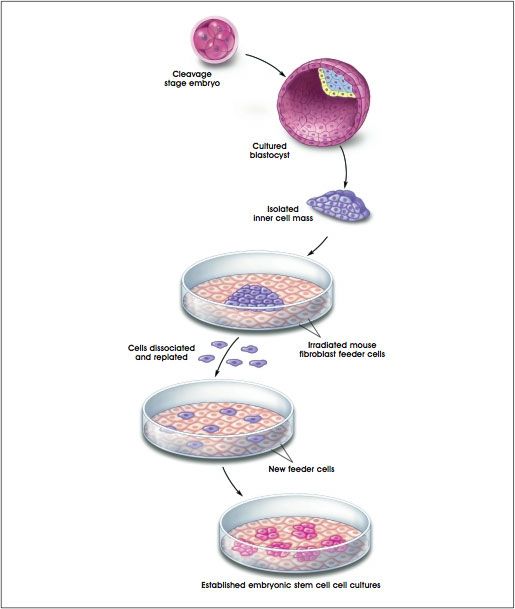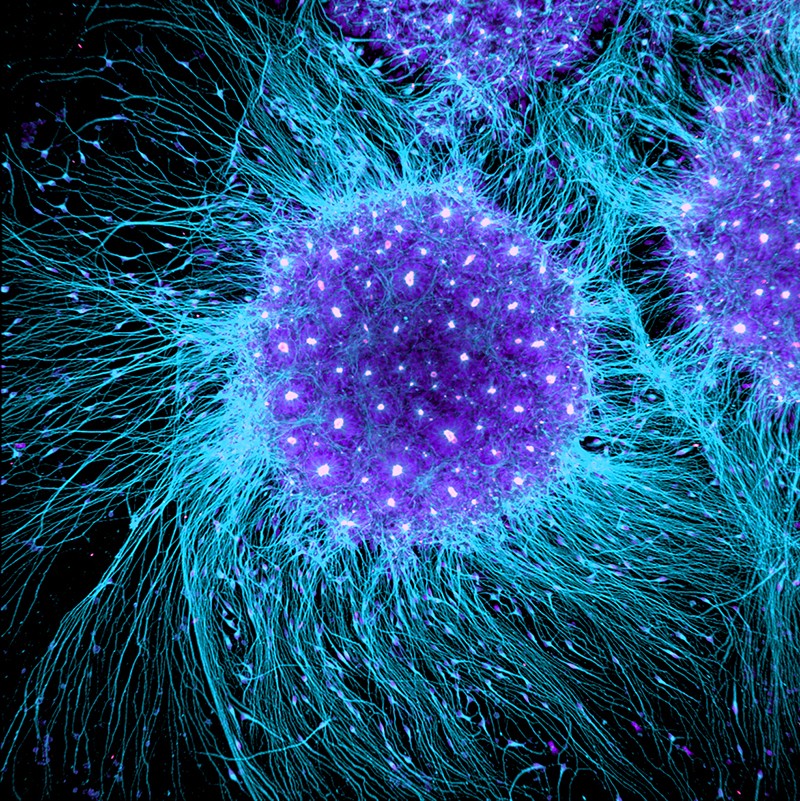

It is unclear whether that fetus was miscarried or aborted, according to a handout from the North Dakota Department of Health. HEK-293Ts are human embryonic kidney cells, derived from cells isolated from a fetus in 1973. Neither vaccine is made in such cells, but both companies did certain experiments testing their vaccines in HEK-293T cells, which are commonly used in biomedical research. The Pfizer/BioNTech and Moderna vaccines, which do not contain virus and instead are made of messenger RNA, have a more tenuous link to fetal cell lines. The cells were then adapted to grow replication-deficient adenoviral vaccines in the late 1990s. The lesser-used Johnson & Johnson vaccine, which uses an adenovirus viral vector to initiate an immune response against the coronavirus’s spike protein, is made in a fetal retinal cell line known as PER.C6.Īccording to the Children’s Hospital of Philadelphia, the cells derive from retinal cells isolated from an aborted fetus in 1985. Only one of the U.S.-authorized COVID-19 vaccines is manufactured by growing virus in a fetal cell line. As the Children’s Hospital of Philadelphia has explained, vaccines manufactured in fetal cell lines do not contain any of the cells because the vaccines are purified. Other vaccines produced in fetal cell lines include chickenpox, hepatitis A and one of the rabies vaccines. This rendered the virus able to replicate enough to generate long-lasting immunity from the vaccine, but not enough to make a person ill. The weakened rubella vaccine virus was also developed by passaging the virus in the cells at a temperature below that of the human body. The rubella vaccine, for example, which is part of the measles, mumps, and rubella, or MMR, vaccine, is still manufactured today by growing large quantities of WI-38 cells. Researchers discovered the cells were useful for the purpose because they were good at growing viruses that infect humans, and many vaccines are made of weakened viruses. Two of the most commonly used cell strains in vaccine development or manufacturing are MRC-5 and WI-38, which were made decades ago from lung tissue taken from two different aborted fetuses in the U.K. But some vaccines, including a few of the world’s standard childhood vaccines, have some connection to cells grown in the lab that were originally made using cells taken from an aborted embryo or fetus. Rochelle Walensky can issue her final signoff.Īs we’ve explained before, the fetal cell lines used in testing, developing or producing some vaccines are distinct from fetal tissue, and no vaccine contains fetal tissue. It’s unclear to what degree Thomas was simply summarizing the petitioners’ viewpoint, or whether he agreed with the sentiment.Ī Centers for Disease Control and Prevention advisory committee on Saturday endorsed Pfizer-BioNTech and Moderna’s Covid-19 vaccines for young children, the last step before Director Dr. Multiple news outlets highlighted Thomas’ comments, with some suggesting that he had made a factual error or was spreading vaccine misinformation. “They object on religious grounds to all available COVID–19 vaccines because they were developed using cell lines derived from aborted children.” “Petitioners are 16 healthcare workers who served New York communities throughout the COVID–19 pandemic,” Thomas wrote.

In a dissenting opinion issued on June 30, Thomas referred to the religious objections of the petitioners in a case about a New York state mandate for health care workers to be vaccinated against COVID-19. Numerous religious groups and anti-abortion organizations have said it is not morally objectionable to receive at least some of the available COVID-19 vaccines.Ĭonfusion about the role of fetal cells or tissue - or lack thereof - with the COVID-19 vaccines has bubbled up most recently due to Supreme Court Justice Clarence Thomas.

Neither fetal cells nor fetal tissue, however, are present in any of the vaccines, and no new abortions were involved in making any aspect of the vaccines possible. And the Johnson & Johnson vaccine is manufactured using a cell line derived from aborted fetal tissue. In an early phase of development, two of the coronavirus shots - the mRNA vaccines from Pfizer/BioNTech and Moderna - were tested in cell lines that were long ago made from an aborted fetus. Despite persistent claims to the contrary, none of the three authorized or approved COVID-19 vaccines contains fetal tissue.


 0 kommentar(er)
0 kommentar(er)
